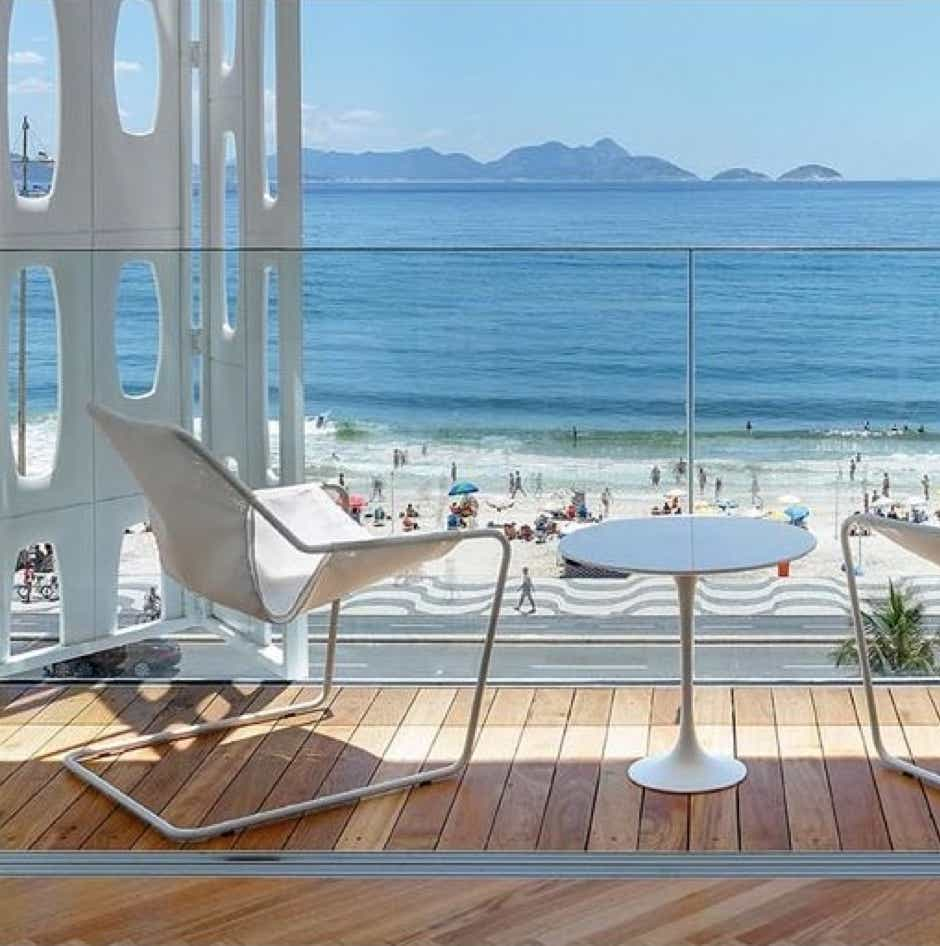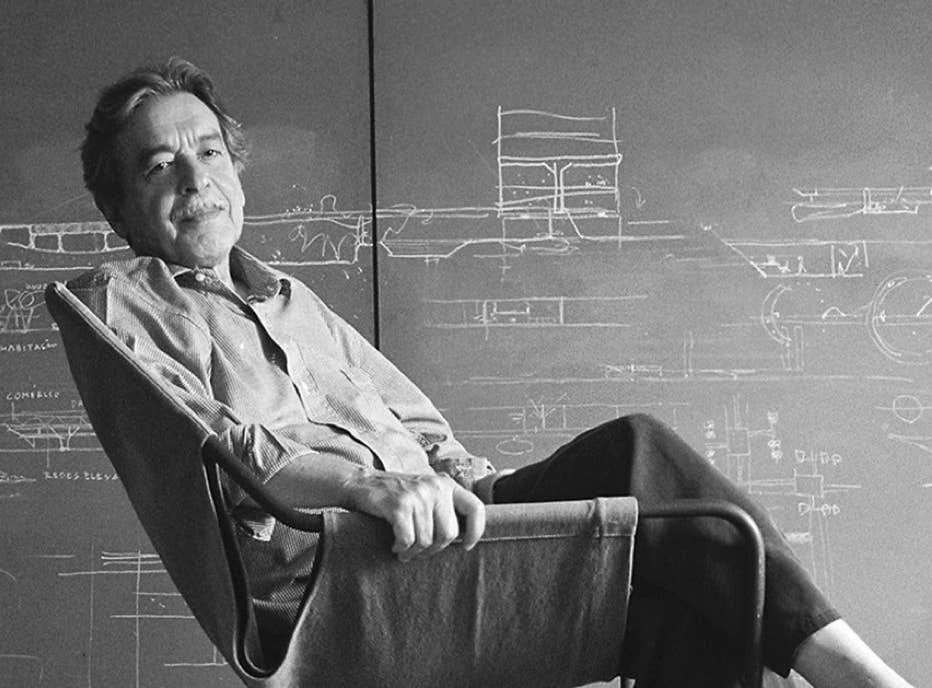
The outdoor version of the famous Paulistano lounge chair by architect-designer Paulo Mendes da Rocha is an obvious choice, bringing a little Brazilian farniente to your terrace, poolside or under a pergola.
As comfortable as ever, thanks to the spring effect of its cantilever base, the Paulistano outdoor features a steel frame protected by an extremely durable epoxy paint and a 50% recycled, 3i-treated outdoor fabric (rot-proof, stain-proof and waterproof), available in a wide choice of colors.
Translated with DeepL.com (free version)
Materials stainless steel + Heritage fabric 50% recycled acrylic, 47% acrylic, 3% polyester
Dimensions 70 x 70 x H82 cm – Seat height 38 cm
Papyrus
Ash
Slate
Sky
Indigo
Char
Moss
Leaf
Alpine
Dijon
Scarlett

Paulo Mendes da Rocha

Paulo Mendes da Rocha is an international landmark in contemporary Brazilian architecture. After more than 50 years of work, his modernist and humanist conception of architecture remains unchanged. In his own words: "Architecture doesn't want to be functional, it just wants to be appropriate".
Beginning his brilliant career in the late 50s, Paulo Mendes da Rocha quickly created works that were both sincere and daring. Throughout his career, there has been no apparent formal or conceptual discontinuity; however, since the design of the Museum of Sculpture, there has been a subtle transformation in his work. While remaining the same architect and using the same means of expression, his work is gradually demonstrating a complexity previously unknown to him.
Graduating in architecture in 1954 (Mackenzie University - São Paulo), Paulo Mendes da Rocha set up his own architectural practice in 1955 in São Paulo. Two years later, he was commissioned to design the Club Atletico de São Paulo. It was on this occasion that he created the Paulistano armchair: light and simple. In 1961, this design won an award at the São Paulo Architecture Biennial. That same year, he was invited by João B. Vilanova Artigas to lecture at the Faculty of Architecture and Urban Planning at the University of São Paulo.
In designing the Brazilian Pavilion for the 1970 World Exposition in Osaka, Japan (with Flavio Motta, Julio Katinsky and Ruy Ohtake), Paulo Mendes da Rocha demonstrated a frugal style, going against an urbanistic view in which the object of the project is not a protagonist but rather a natural consequence of the need to build a shelter. This project is remarkable for its quality, technological audacity, simplicity and elegance.
Minimal intervention with maximum insight is the hallmark of many of his works. Examples include the recently renovated Pinacoteca Museum of Fine Arts (1993-1998) in the State of São Paulo, winner of the Mies Van der Rohe Award in 2000, or the Cultural Center of the Federation of Industry of the State of São Paulo (Centro Cultural FIESP, 1997-1998).
Paulo Mendes da Rocha is also the author of some small masterpieces: Loja Forma (1987), a furniture store in São Paulo, and the Capela de São Pedro (Saint Peter's Chapel 1988-1990) in Campos do Jordão. Both works are the result of a careful reading of the surroundings, an architectural feat, surprising and fascinating in the way shapes and materials have been harmonized.
This fluidity of space, achieved in a large proportion of his projects, whether through apparent minimal intervention or the rigorous creation of compact spaces, also appears, albeit at a different level, in the architect's residential projects (cf. the Gerassi residence, for example).<
It's important to emphasize that it's not just Paulo Mendes da Rocha's projects or works that have earned him the recognition and admiration of his fellow architects and connoisseurs in Brazil. Above all, the architect is a human being with a sincere interest in his fellow human beings, whose mission is to create the most suitable and viable habitat possible. In this sense, Paulo Mendes da Rocha is a modernist par excellence; nothing distracts him from his vision for a better future.